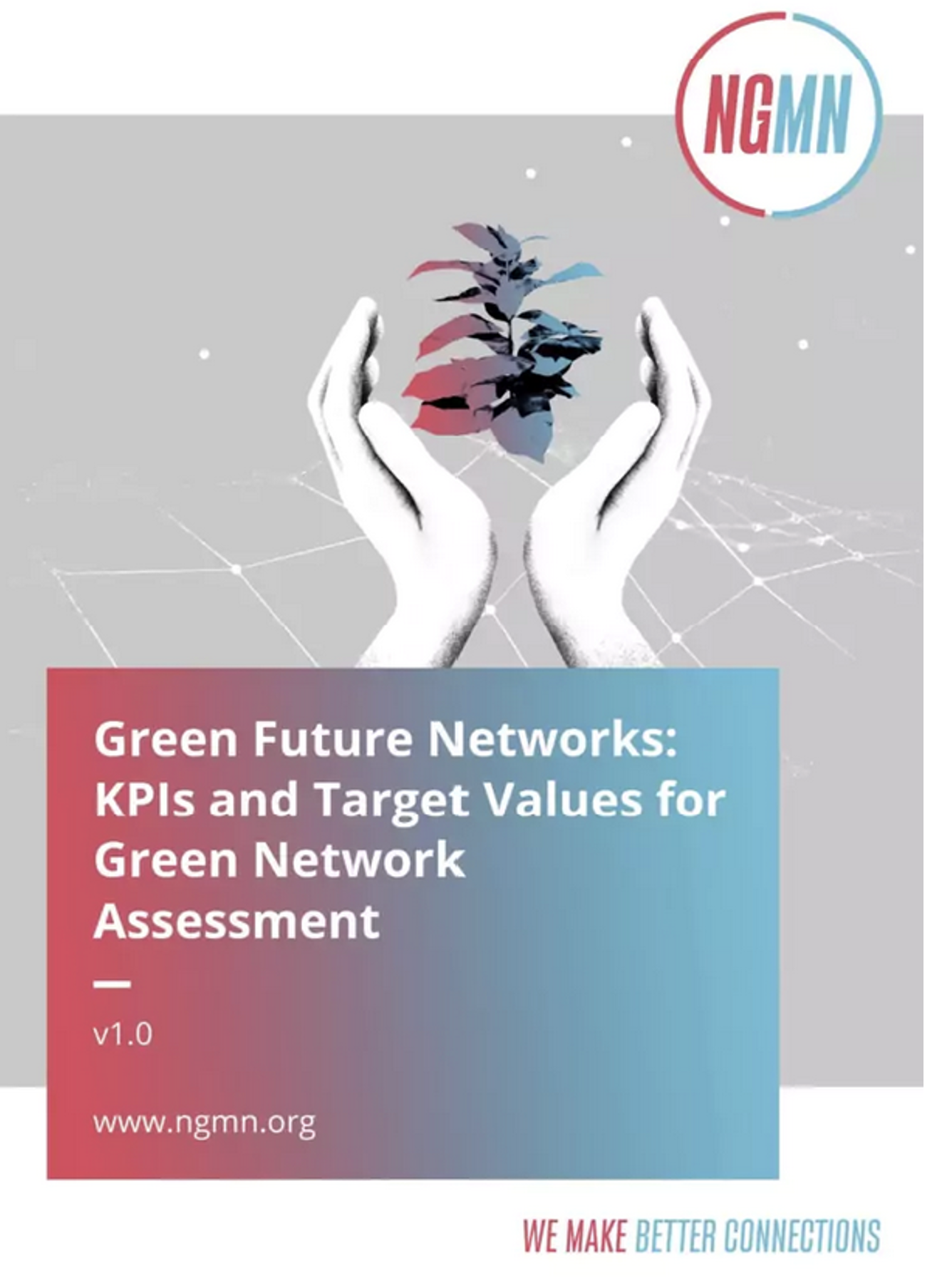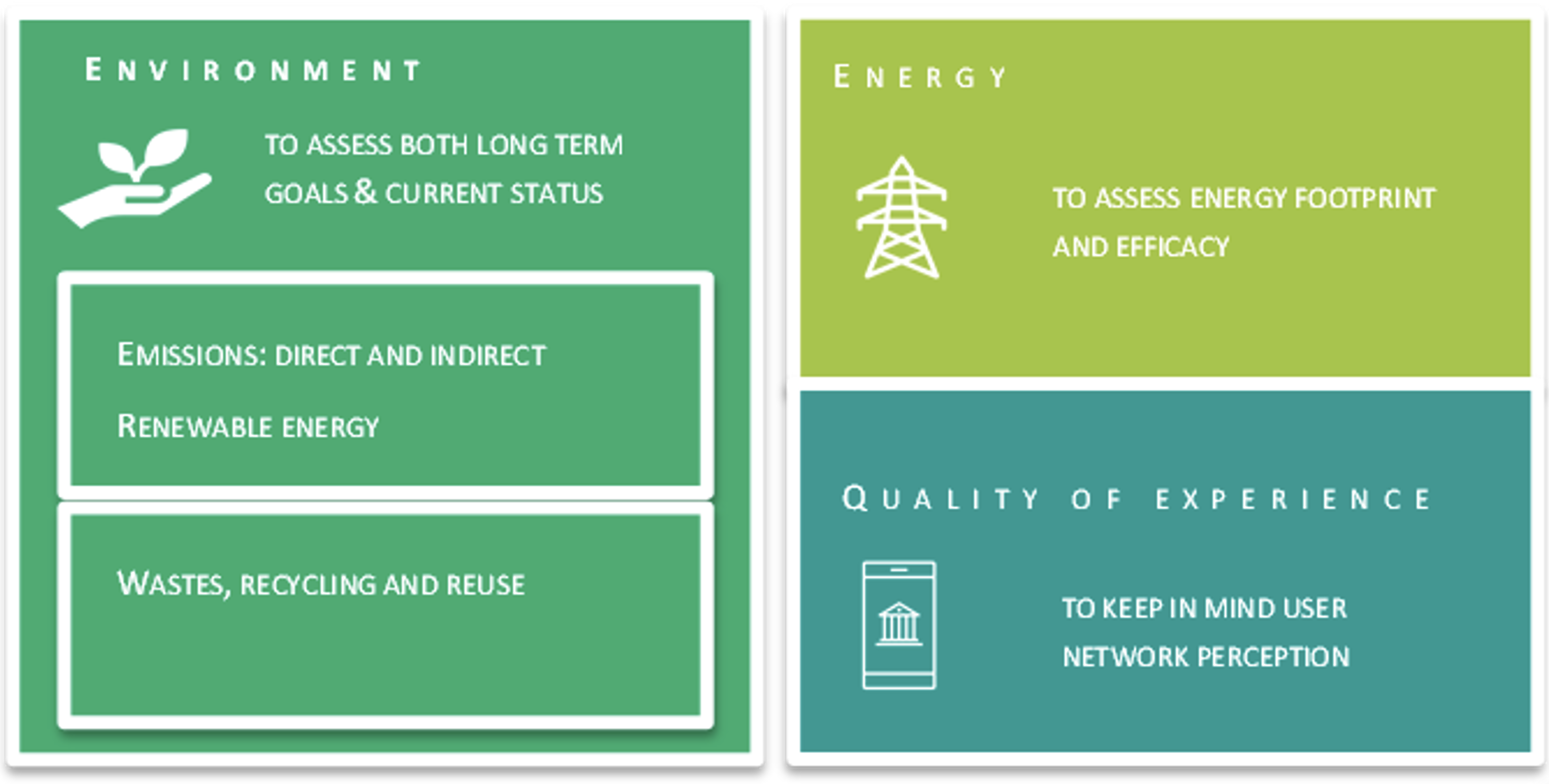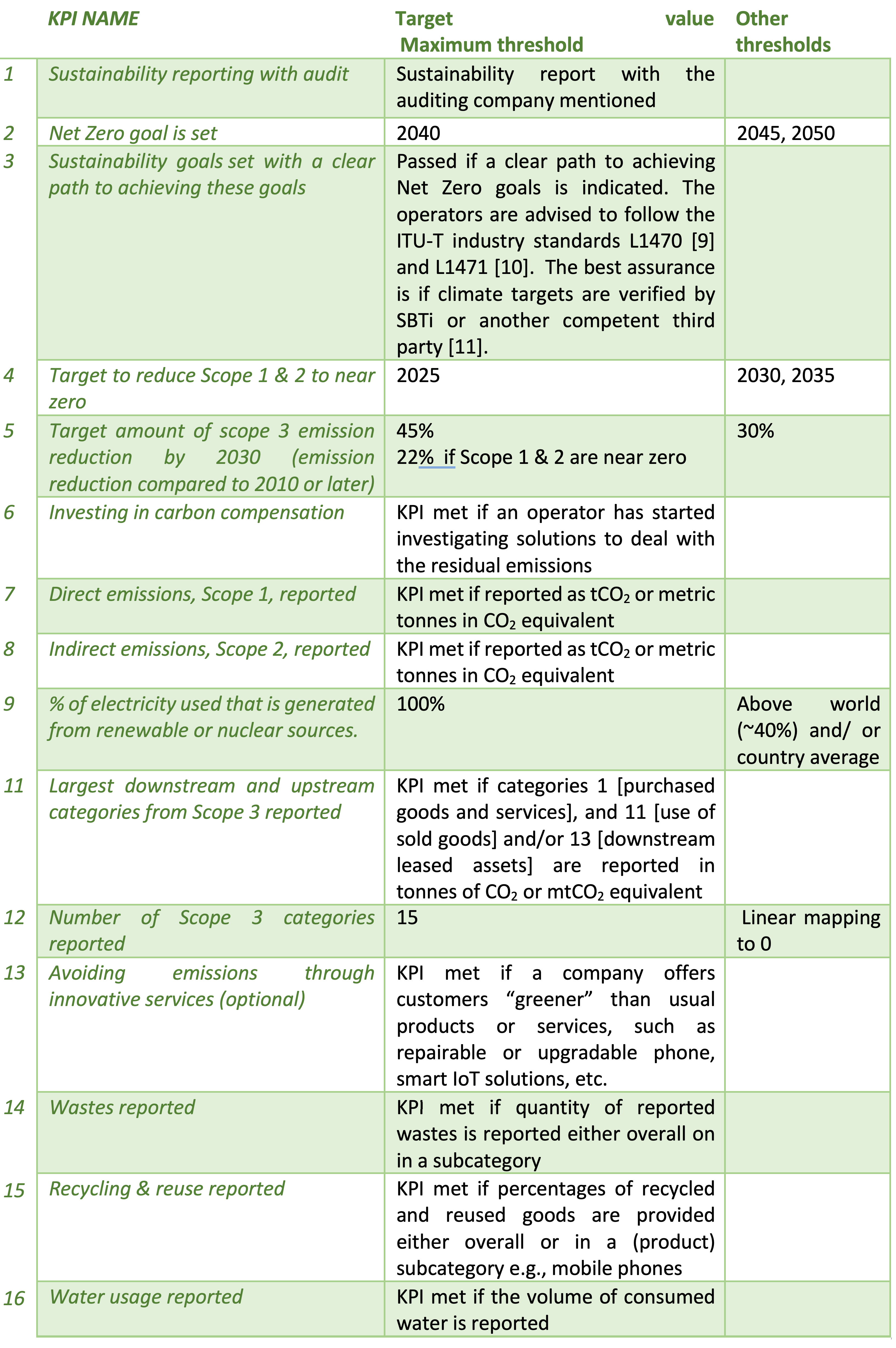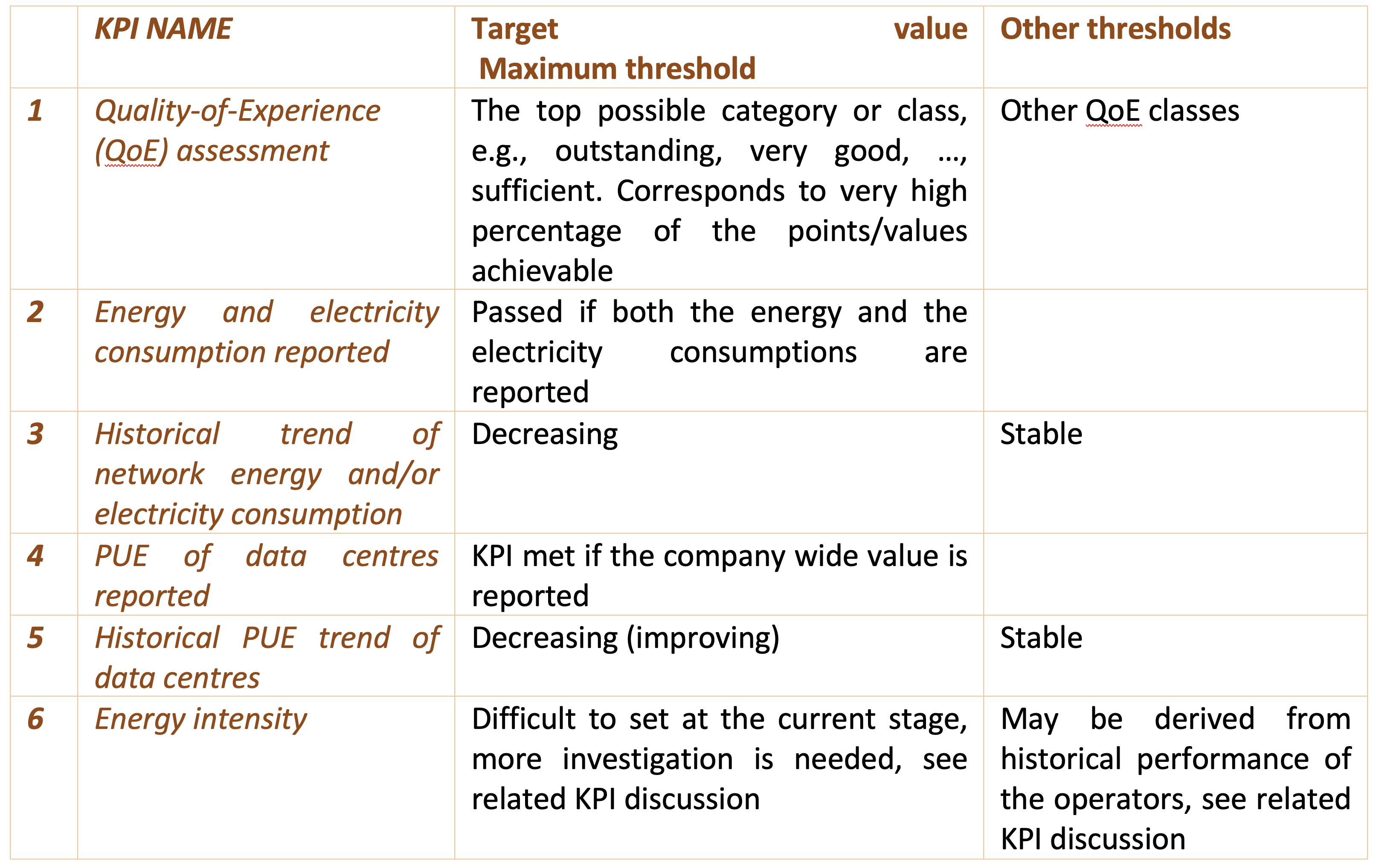This article summarizes the vision of NGMN (Next Generation Mobile Networks), an operator driven Alliance, in the White Paper “Green Future Networks: KPIs and Target Values for Green Network Assessment”. The White Paper (https://www.ngmn.org/wp-content/uploads/230222_NGMN_GFN_KPIs_Target_Values-V1.0.pdf) identifies a set of KPIs and objectives for measuring network performance in terms of energy efficiency and quality of service.








